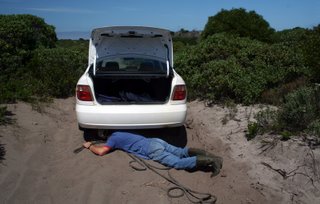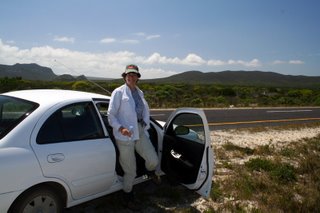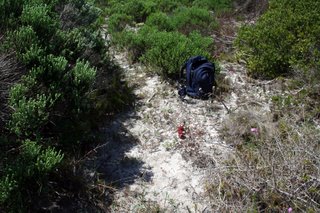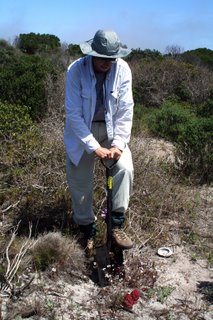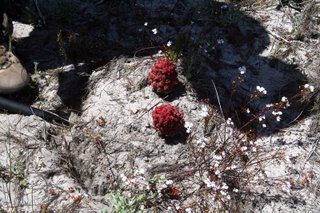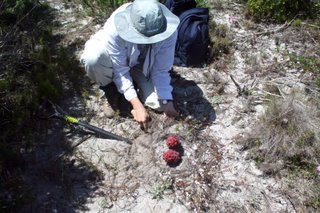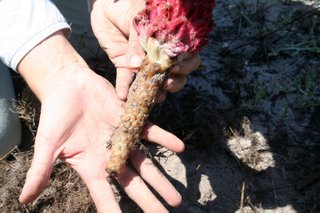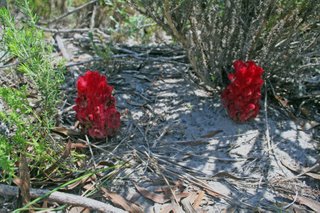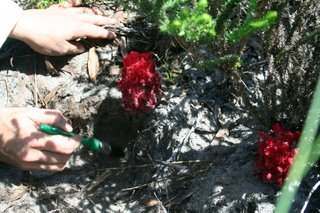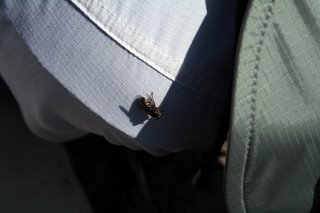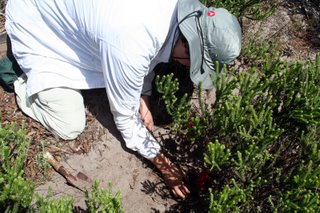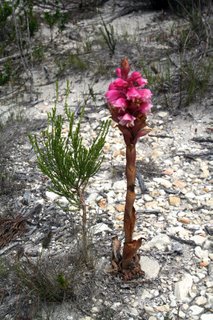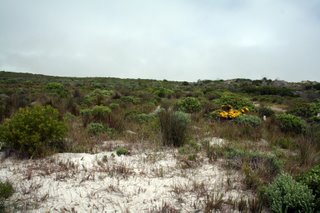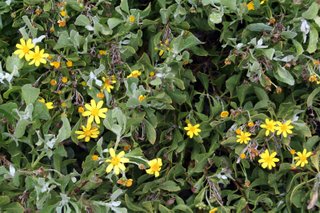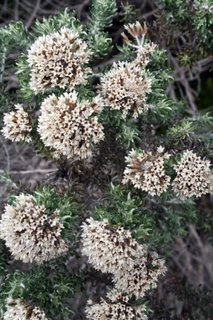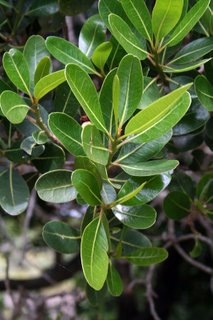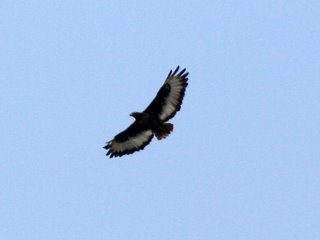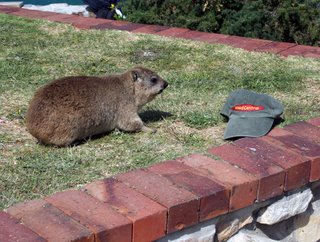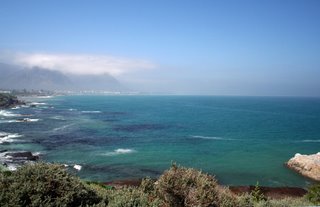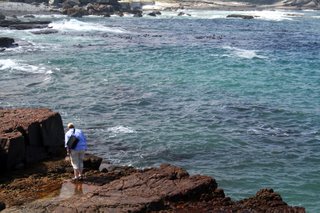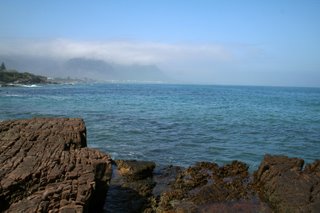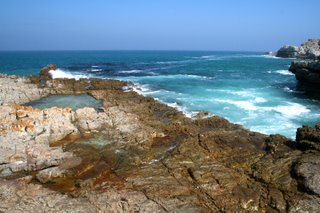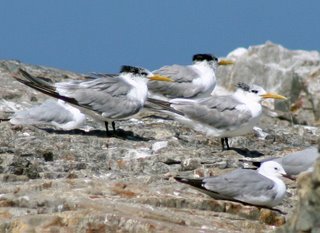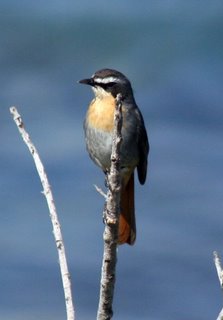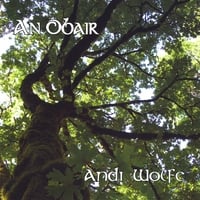Here are some pics from the weekend of Oct 20:

I have a couple of mottos with regards to my field seasons:
"Similar, but different" and "Everything is just a little bit different in South Africa." These mottos especially apply to fast foods and/or conveniences we're used to in the states. For example, Diet Coke is known as "Coke Light" over here and they sell it in 200 ml cans. Sometimes it tastes similar to our American label, but most of the time it's a bit dodgy.
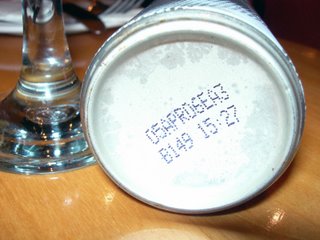
Especially when the expiration date has come and gone. This was pretty awful. I asked for a new can with a current expiration date. The second one was drinkable, if not enjoyable.
More Table Mountain contour path pics from our evening walk on Oct 20:
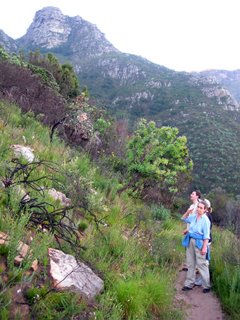
Part of Kirstenbosch burned just a few months ago and the high contour path passes through the burn area. We walked through to see what the fynbos was doing in terms of recovery.
It's pretty amazing how fast the veldt bounces back after a fire. The geophytes and annuals come up right away and the slope is covered in Watsonia, grasses, and beautiful wildflowers.
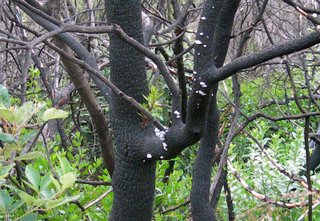
Most of the shrubs are resprouting from the burnt stems or the root crowns.

I'll post some pics I took a few days later at another time, but this image gives you a good idea of what most of our walks are like. Everyone stops to take photos of scenery, each other, plants and animals. Here's Dennis photographing an interesting fern that has come up after the fire.
Saturday, Oct 21, 2006:
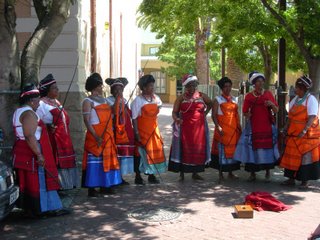
Esprit and I went to the Cape Town Waterfront to do some shopping and to go to the Two Oceans Aquarium. There are always interesting people and groups performing (busking) around the waterfront. This is a group of women Xhosa singers in traditional dress.

I've noticed that music and songs are an integral part of the traditional cultures in South Africa. While you're having your car filled with petrol, the attendant will be singing a working song. Everyone seems to have a song for various tasks. It's really cool.

Another Woodcentral Cap pic. I'm having too much fun photographing my cap in different places in South Africa.

At the Two Oceans Aquarium we saw a lot of exhibits about the local marine fauna. However, this display of water snakes is for ones collected in the Gulf of Arabia. Water snakes have the most potent toxins of all snakes. Their bodies are flattened for swimming and they have the longest lungs of any snake.
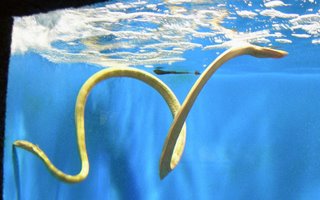
I would be quite happy if I never in my lifetime encounter one of these creatures up close and personal. I don't mind seeing snakes while I'm walking in the bush, but seeing one swimming towards me in the ocean would be more than I'd like to experience.

Some pretty catfish doing their thing, whatever that is.

Sea anemones and clownfishes.
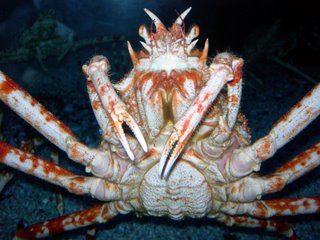
The largest crabs I've ever seen. These were about a meter across.

Ditto for these lobsters - some were a meter in length.
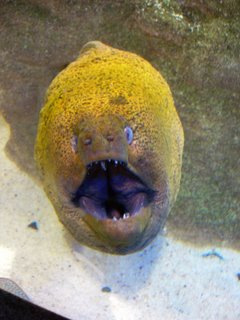
This is a face only a mother could love. The aquarium had a huge tank with different species of Moray eels.

This one was rather pretty, I think.

Esprit had a lot of fun touching everything in the touch pool. I think that's a healthy trait for a student wanting to become a marine biologist.

Here is a series of pics from the penguin exhibit. These rockhopper penguins were resued birds found on the coast of South Africa.
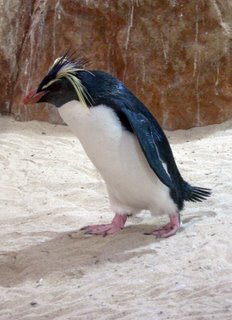
This one had a lot of "attitude."

They sure are fun to watch. I wouldn't mind seeing these in the wild.

On Saturday evening, Gigi took Esprit and me walking in the Silvermine area of the Cape Peninsula National Park.
Here's Gigi with her new car, a Fiat Panda. It's a fantastic little car and Gigi is very pleased with it.
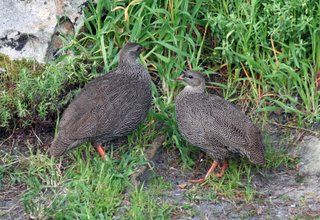
Here are a pair of Cape Francolins at Silvermine.

This is a view of the area looking in from the entrance. We got there kind of late so had to leave at sunset when the park closed.

There are some excellent vistas from the car park. You can see all the way across False Bay to Hangklip from here.

The sunset was worth seeing from up here, too.

